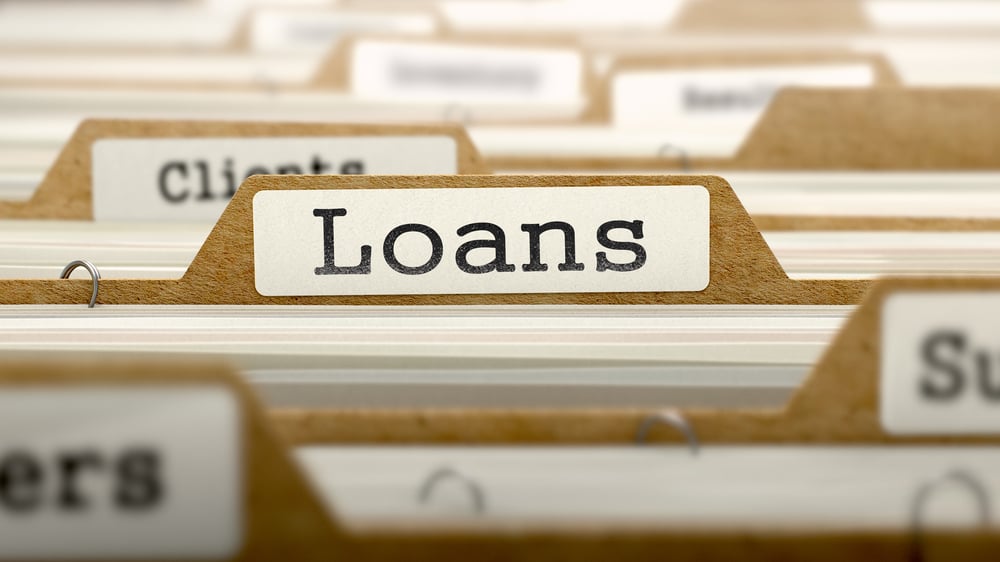Mortgage Rates Hit 6.7% This Week - Calculate What Your Monthly Payment Spike Will Be
30-year mortgage rates climb while 15-year rates soar to 5.8% - here's how homebuyers and refinancers get crushed by the latest rate surge
Impact Score: -5/10
What Just Happened in the Mortgage Market?
In a crushing blow to American homebuyers and homeowners, mortgage rates have surged significantly this week with 30-year fixed mortgage rates averaging 6.7% and 15-year mortgage rates jumping to 5.8%, according to the latest Freddie Mac data. This represents a dramatic shift from earlier hopes that mortgage rates would decline sharply in 2025, leaving millions of potential homebuyers facing dramatically higher monthly mortgage payments.
This isn't just another mortgage rate fluctuation - it's a homeownership crisis that could price out an entire generation of first-time homebuyers while forcing current homeowners to abandon refinancing plans that could have saved them thousands annually in mortgage payments.
How These Mortgage Rate Increases Impact Your Daily Life
Your Monthly Mortgage Payment Just Became Unaffordable
The mortgage rate surge to 6.7% creates immediate budget destruction for homebuyers and current homeowners:
New homebuyer nightmare: A typical $400,000 home mortgage now costs approximately $2,600 monthly in principal and interest payments, compared to $2,200 at 5.5% mortgage rates - that's $400 more every single month
Refinancing dreams crushed: Homeowners hoping to refinance existing mortgage loans face higher mortgage rates than their current loans, eliminating potential mortgage payment savings of $300-600 monthly
Home affordability collapse: The mortgage rate increase means buyers can afford approximately 15% less house for the same monthly mortgage payment, effectively shrinking the housing market for middle-class families
Your Home Purchase Timeline Gets Demolished
Rising mortgage rates are forcing dramatic life changes for prospective homebuyers:
Extended saving periods: First-time homebuyers need an additional $50,000-80,000 in down payment money to afford the same monthly mortgage payment at higher mortgage rates
Geographic limitations: High mortgage rates price buyers out of desirable neighborhoods, forcing longer commutes and lifestyle compromises
Family planning delays: Young couples postponing home purchases indefinitely, affecting marriage and childbearing decisions
Your Investment and Retirement Strategy Faces Major Changes
The mortgage rate environment impacts broader financial planning beyond home purchases:
Refinancing window closed: Homeowners lose opportunity to extract home equity for investments, debt consolidation, or home improvements through mortgage refinancing
Real estate investment returns: Higher mortgage rates reduce profitability for property investors, potentially cooling rental market investment
Retirement planning disruption: Older homeowners can't use home equity as effectively for retirement funding through mortgage refinancing strategies
Who Wins and Who Loses from Higher Mortgage Rates?
Biggest Winners from Mortgage Rate Increases:
Current Homeowners with Low Mortgage Rates: Protected from rate increases with existing fixed-rate mortgages, gaining relative wealth as home values remain stable
Cash-Rich Home Buyers: Can avoid mortgage loans entirely, gaining competitive advantages in home bidding wars against mortgage-dependent buyers
Mortgage Lenders and Banks: Earn higher interest margins on new mortgage loans, potentially increasing mortgage lending profitability
Biggest Losers from High Mortgage Rates:
First-Time Homebuyers (ages 25-40): Face immediate homeownership barriers including:
- Monthly mortgage payments $400-600 higher than expected
- Need for significantly larger down payments to maintain affordability
- Competition from cash buyers in limited inventory markets
- Extended saving periods before homeownership becomes possible
Current Homeowners Seeking Refinancing: Missing mortgage refinancing opportunities including:
- Lost potential mortgage payment savings of $300-600 monthly
- Inability to access home equity for major expenses or investments
- Trapped in higher-rate mortgage loans from previous years
Home Sellers in High-Price Markets: Reduced buyer pool due to mortgage affordability constraints, potentially leading to longer selling periods and price reductions
Mixed Impact from Mortgage Rate Changes:
Real Estate Investors: Higher mortgage financing costs vs. potential property price stabilization creating buying opportunities Construction Industry Workers: Reduced new home construction demand vs. potential renovation increase as people improve existing homes instead of moving
The Housing Market Reality Check: Your Homeownership Dreams on Hold
Here's what current mortgage rates mean for America's housing market future:
Homeownership rate decline: High mortgage rates will likely reduce homeownership rates among younger demographics, potentially dropping below 60% nationally
Rental market pressure: Buyers priced out of homeownership increase rental demand, driving up rental prices for everyone
Economic ripple effects: Reduced home sales affect construction jobs, real estate professionals, home improvement retailers, and mortgage industry employment
What These Mortgage Rates Mean for North America and Europe
This mortgage rate environment reflects global economic pressures affecting housing markets internationally:
For Canada: Canadian mortgage rates following similar upward trends, creating parallel housing affordability crises in major Canadian cities
For Europe: European Central Bank mortgage rate policies diverging from US trends, potentially creating competitive advantages for European homebuyers
For global housing markets: Demonstrates how monetary policy changes create universal homeownership accessibility challenges across developed economies
The Bottom Line: How High Mortgage Rates Affect Your Financial Future
If mortgage rates remain above 6.5%, American homebuyers and homeowners will face:
- Monthly mortgage payments $400-600 higher than recent years for new purchases
- Reduced home affordability of 15-20% compared to lower rate environments
- Extended saving periods requiring additional $50,000-80,000 in down payments
- Limited refinancing opportunities eliminating potential monthly savings
Most Americans will see:
- Delayed homeownership timelines extending 2-4 years beyond original plans
- Increased rental costs as buyer demand shifts to rental markets
- Reduced consumer spending as housing costs consume larger budget portions
- Regional migration patterns as buyers seek more affordable housing markets
Impact Score Breakdown: -5/10
How We Reached This Mortgage Rate Score:
Positive factors (+2):
- Current homeowners with low mortgage rates gain relative wealth advantages
- Potential home price stabilization as buyer demand moderates
- Cash buyers gain competitive advantages in home purchase negotiations
Negative factors (-7):
- Homeownership accessibility crisis pricing out millions of potential first-time homebuyers
- Monthly budget destruction with mortgage payments $400-600 higher for new purchases
- Refinancing opportunity elimination costing current homeowners thousands annually in potential savings
- Economic drag effects as reduced home sales affect construction, real estate, and related industries
- Generational wealth gaps as younger demographics lose homeownership opportunities
- Rental market pressure driving up rental costs for non-owners
- Regional economic impacts as high mortgage rates affect local housing markets differently
Net Score: -5 - Moderately negative overall. While current homeowners with existing low-rate mortgage loans remain protected, the broader housing market faces significant accessibility challenges that will affect millions of Americans' wealth-building opportunities and life planning timelines.


